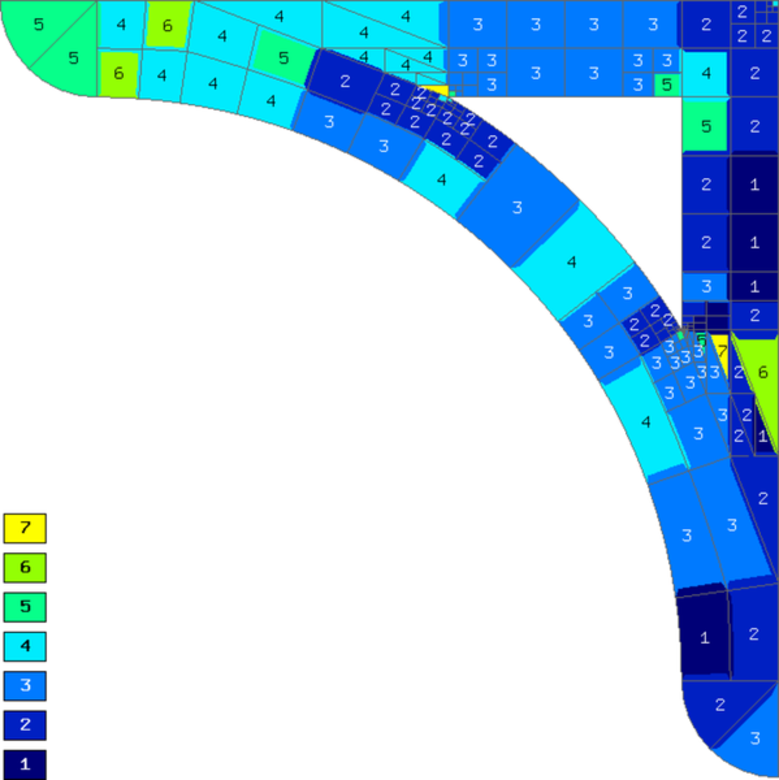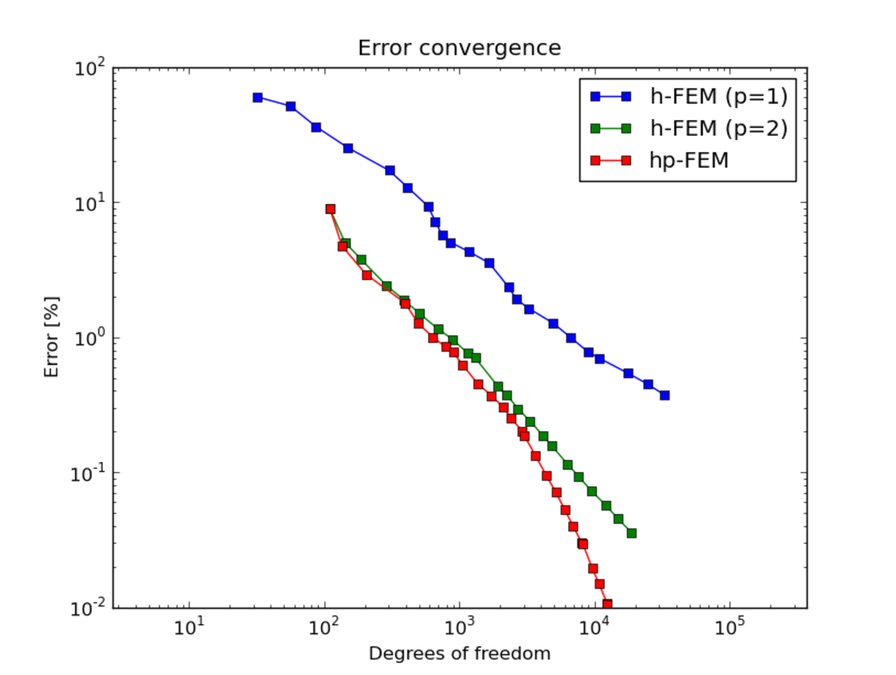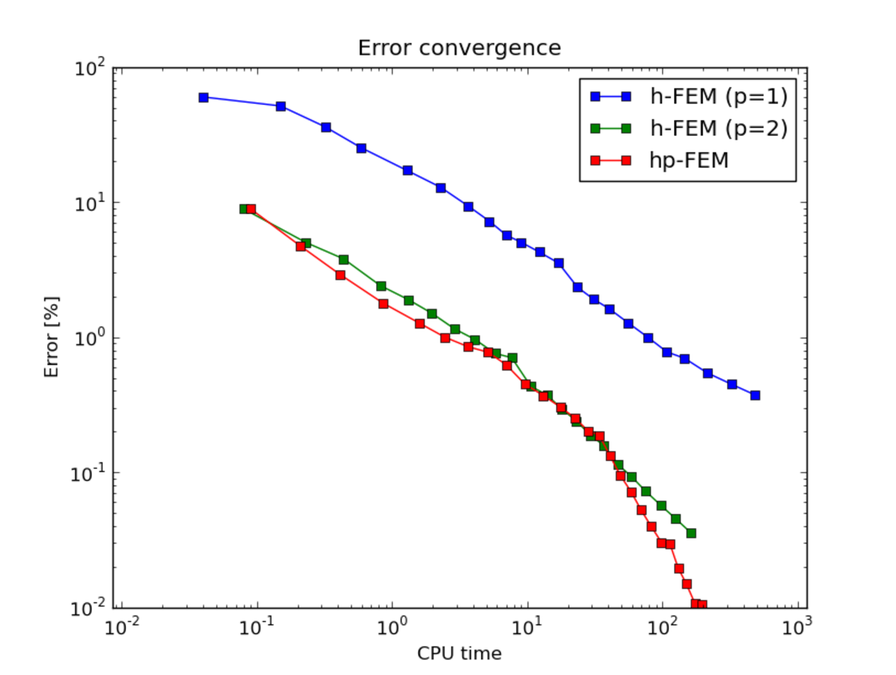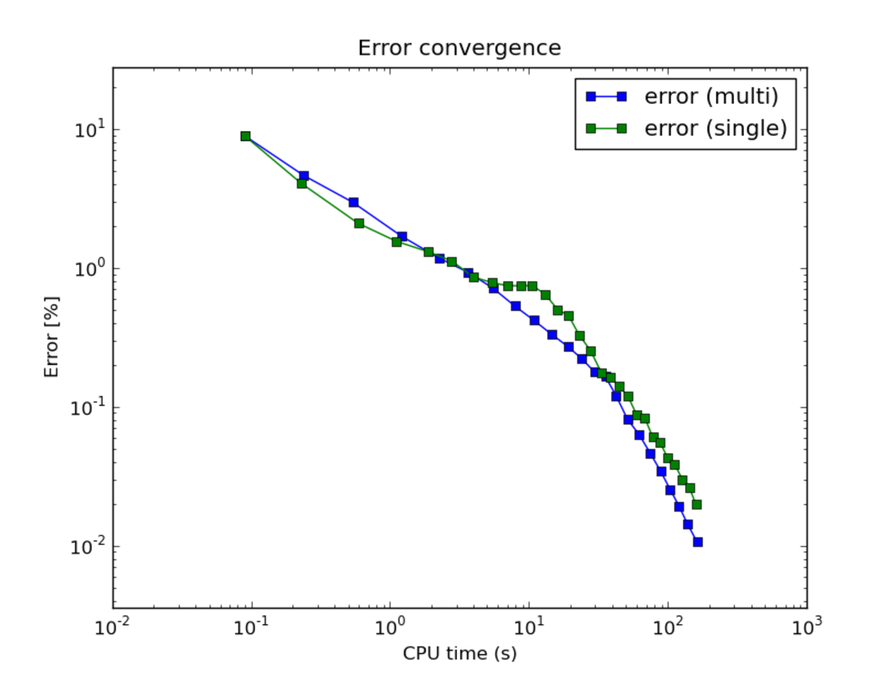Bracket¶
This example employs adaptive multimesh hp-FEM to solve equations of linear elasticity.
Problem description¶
Our domain is a bracket loaded on its top edge and fixed to the wall:
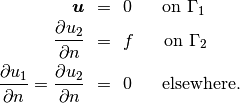
The dimensions are L = 0.7 m, T = 0.1 m and the force  N.
N.
Sample results¶
The following figures show the two meshes and their polynomial degrees after several adaptive steps:
Note that the meshes are slightly different, not only in polynomial degrees, but also in element refinements.
Convergence comparison¶
Convergence graphs of adaptive h-FEM with linear elements, h-FEM with quadratic elements and hp-FEM are shown below.
The following graph shows convergence in terms of CPU time.
Comparison of the multimesh and single-mesh hp-FEM:

